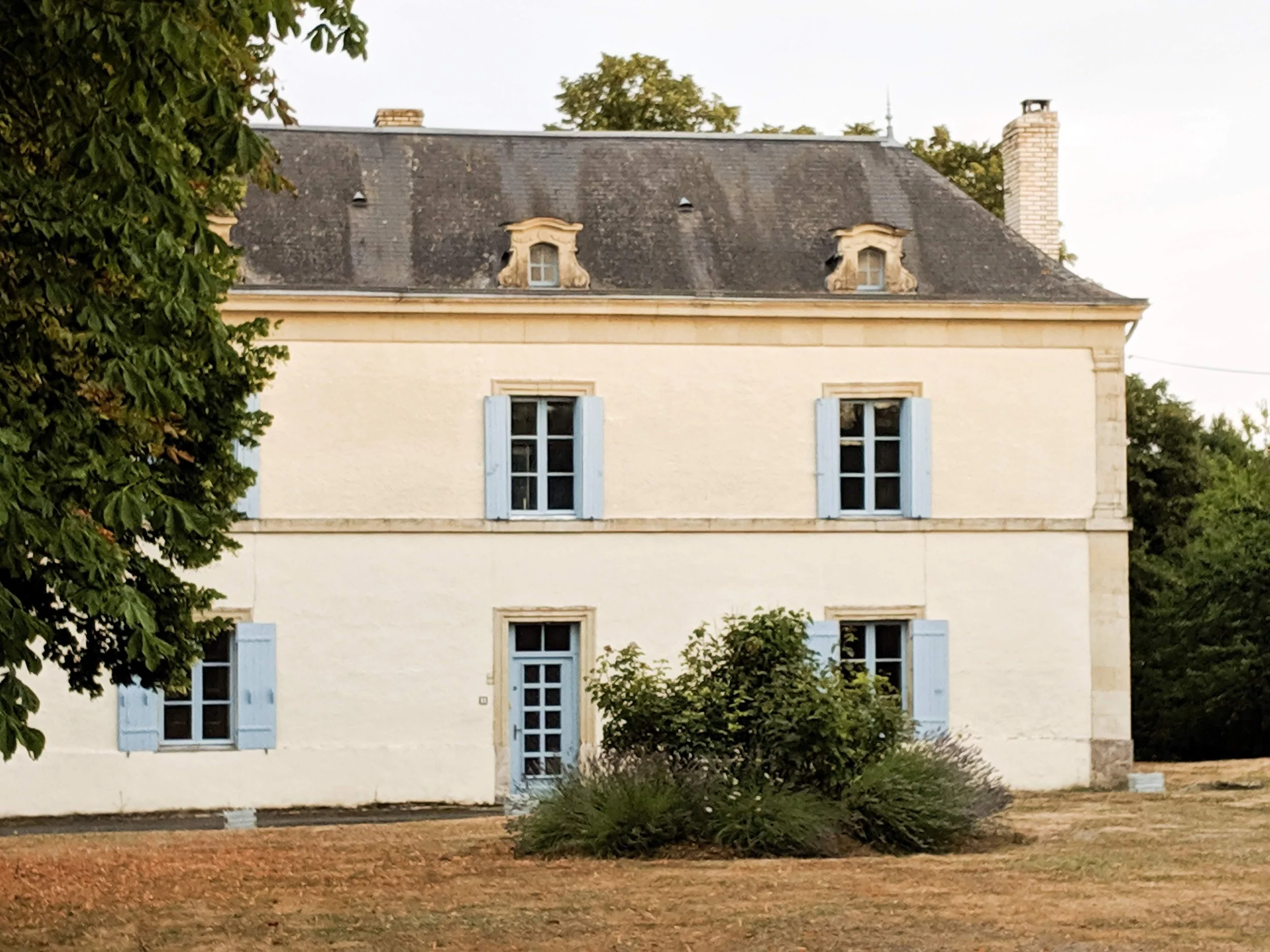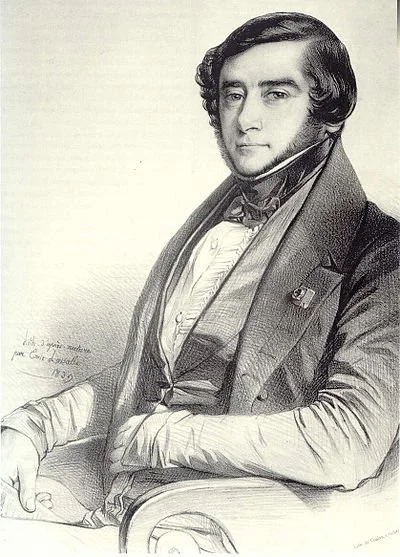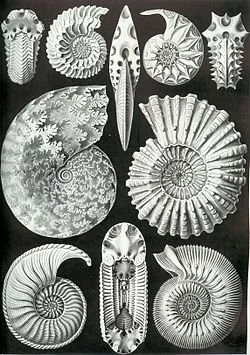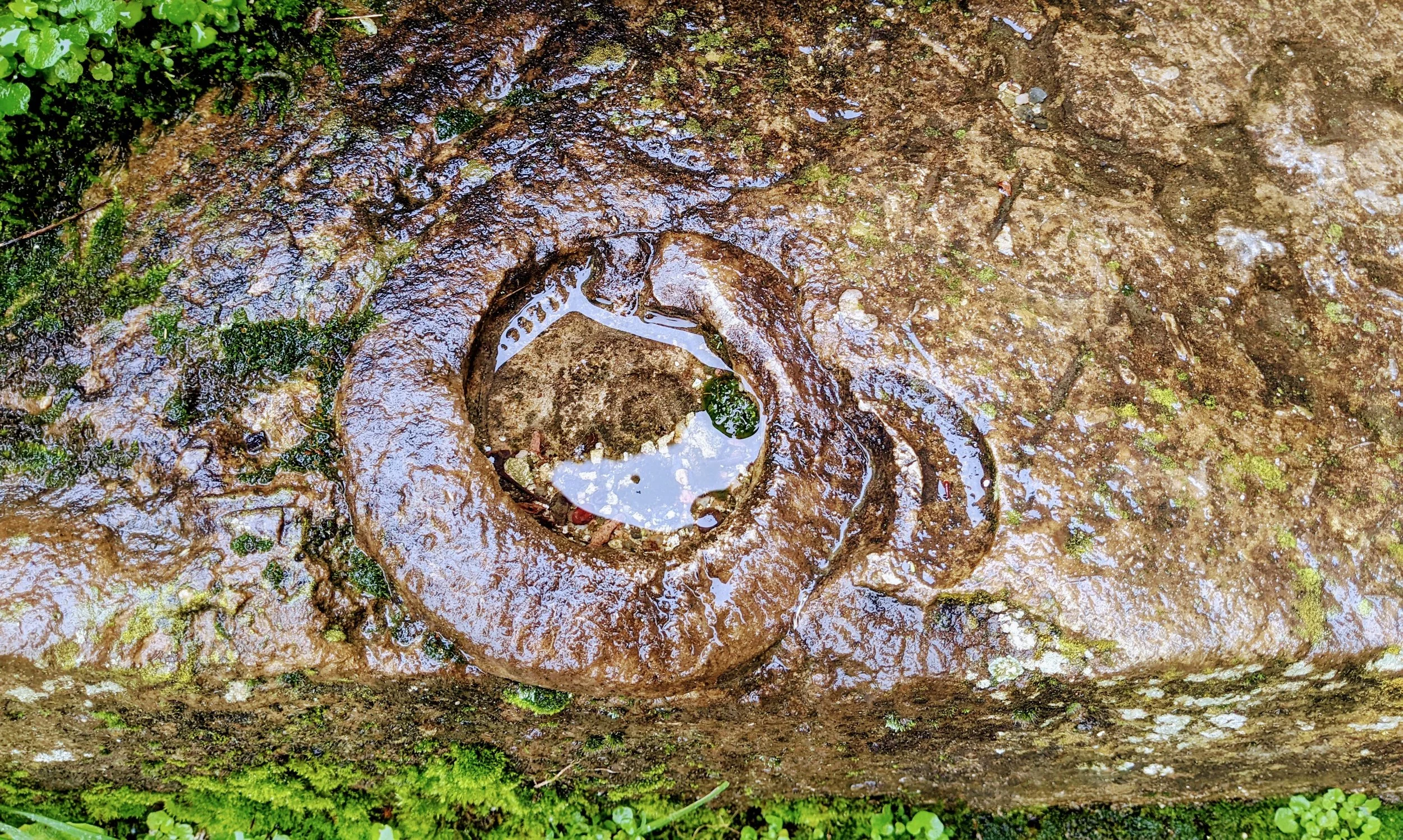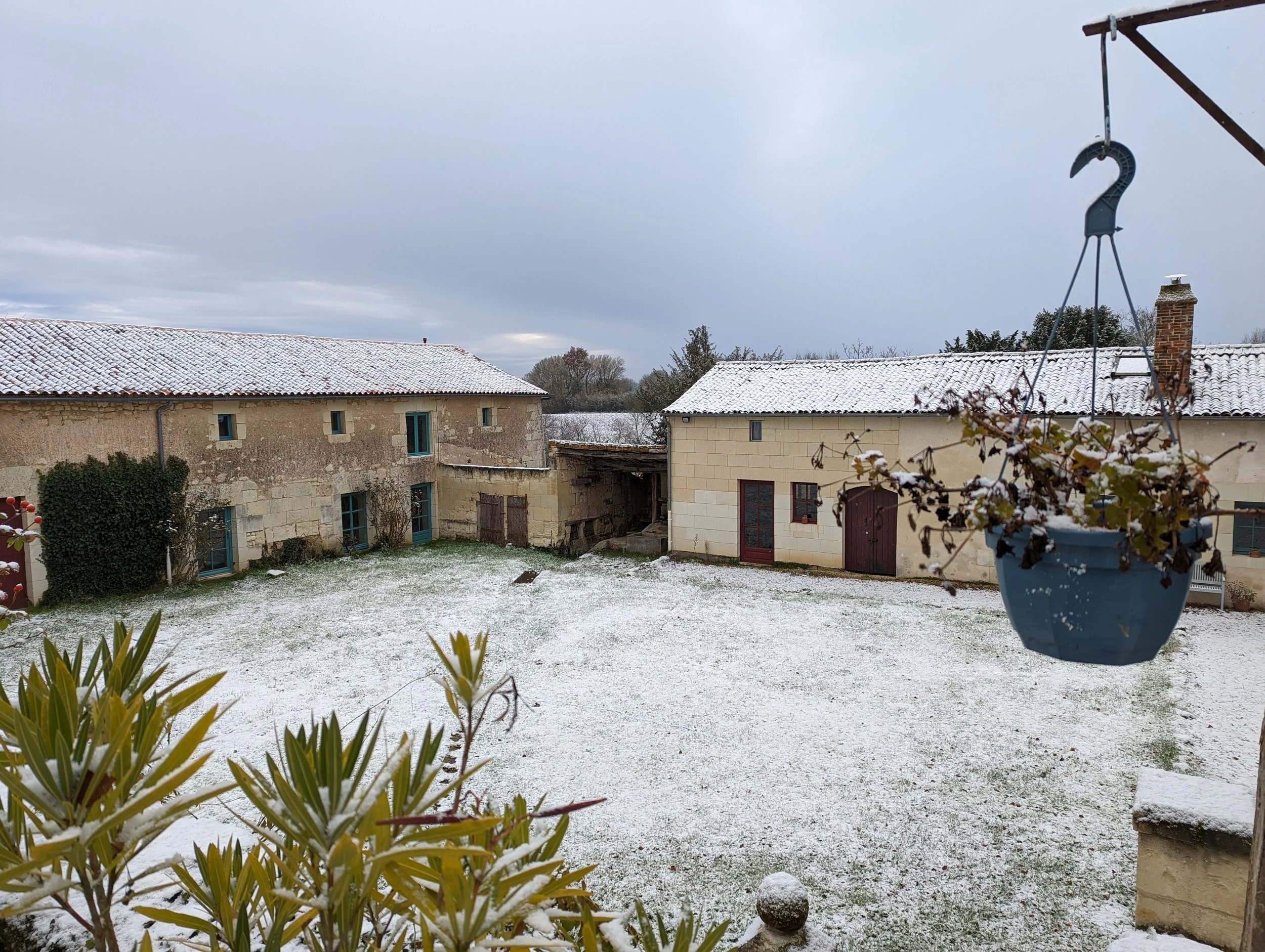What's in a name?
First of all, welcome to our new blog. Between the Vines! This will be a place for us to keep you updated on our projects, to tell you more about who we are and how we ended up here in this small village in the Loire Valley and of course to delve deeper into the food and wines that make this part of France so special. To kick us off we thought we'd tell you about how we chose our name. Or what's a Closerie and where are these Roches you speak of?
- Sujatha, Peter & Nikhil
Great question! Coming up with a name is always a tricky business, especially when you try to cover a range of different things. So first things first. What is it that we do? Well, we host countryside stays in our soon to be three wonderfully restored cottages as well as culinary workshops and retreats. And we do this from a 19th century former wine estate located in the old Anjou region, just on the edge of the Loire Valley. Given the location we knew that we wanted a French name. We also wanted to reflect something truly local, which meant that at least part of the name was relatively straightforward.
Our estate is located on the edge of a small village, in the locality (the lieu-dit) of Les Roches. It's a smattering of houses on the western side of of the village of Bouillé-Loretz, overlooking a narrow valley. The houses sit somewhat elevated over the surrounding countryside, where once was the site of a large windmill, the stone foundation of which can still be seen across the street.
If you stick a shovel into the ground, as we've had to do quite a few times by now planting trees and laying out plots for the vegetable garden, you'll quickly understand why it's called Les Roches. The ground is riddled with rocks, with blocks of granite, some small, some back-breakingly large, that take the edge right off your spade and make you think twice about how deep you wanted to go. This is especially true higher up in the garden, towards the front of the house and around the courtyard, though as you get further down to the back of the meadow which slopes down towards a small stream, the ground turns to pure clay.
The rocks in this area even have a small claim to fame, due to the nearby geological digs at Thouars, a ten-minute drive away. The overall area used to be the shoreline of a prehistoric inland sea, and as a result there are fossils, in particular of ammonites, all around (you will be able to spot some in the stone staircases that lead up to the terrace of the house). In 1842 the palaeontologist Alcide d'Orbigny was inspired by these finds to introduce the Toarcian-age, a subdivision of the Jurassic period some 175 million years in the past. Eat your heart out Steven Spielberg.
Alcide d’Orbigny all debonair in the 1900s
Pencil drawings of ammonites
And what they look like on one of the outdoor staircases on a rainy January afternoon
So that explains the Roches. As for the Closerie. As mentioned the property used to be a large winegrowers estate with more than a hundred acres of vineyards and fields that surrounded it, and though all the lands save the three-acres on which the house, cottages and barns currently sit, were sold off in the 1990s, it still contains its sheltered core. There is an inner courtyard protected by the centuries-old stone buildings, and the land itself enclosed by wild tree lined hedgerows. And that is exactly what a Closerie is. An old enclosed property, protected from the surrounding countryside by hedges and walls.
The inner courtyard during the pre-Christmas snows
We would of course be remiss not to mention the other inspiration for that name. Because in Paris, on the edge of the Jardin de Luxembourg, sits an equally sheltered bistro and outdoor garden, called the Closerie des Lilas. Where once Hemingway sat and wrote his books. We used to pass it on our way to the park when we lived there, and have always had a soft spot for that name.
So there you have it. Closerie les Roches. The start of a wonderful and hopefully inspirational experience. In the next blogpost we'd love to tell you a bit more about who we are and how we ended up here in the French countryside. Au revoir!

